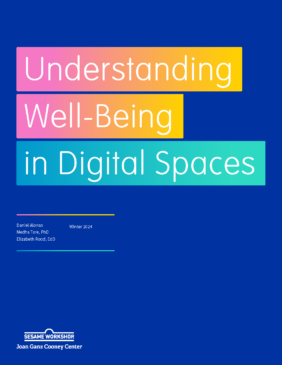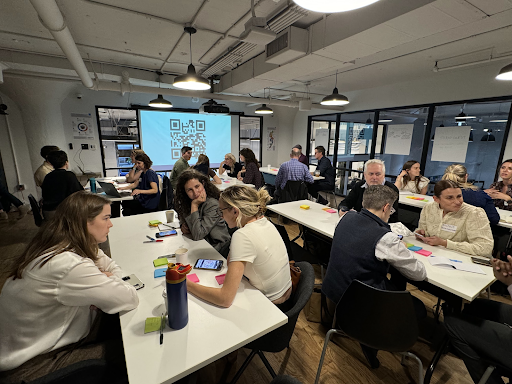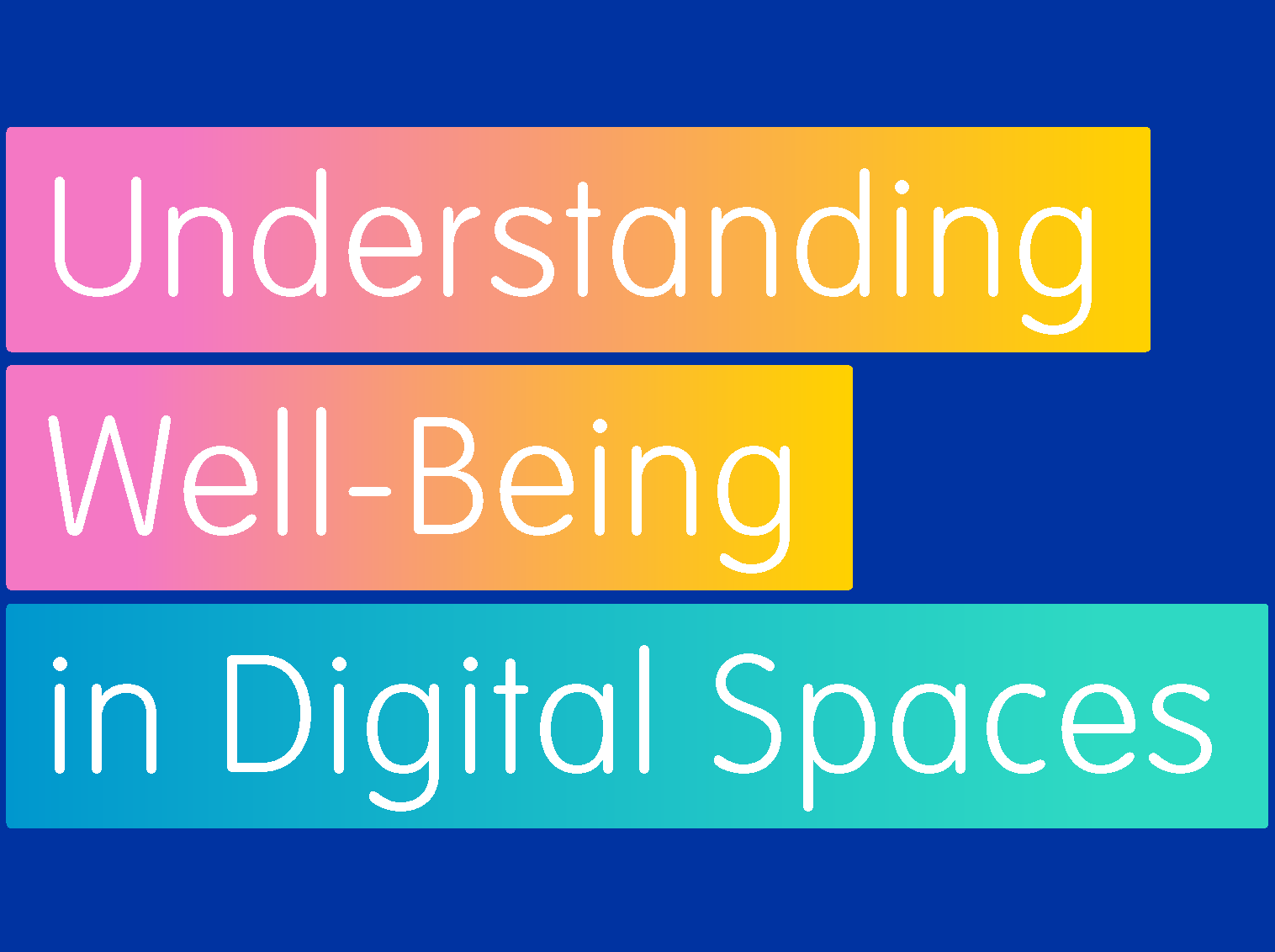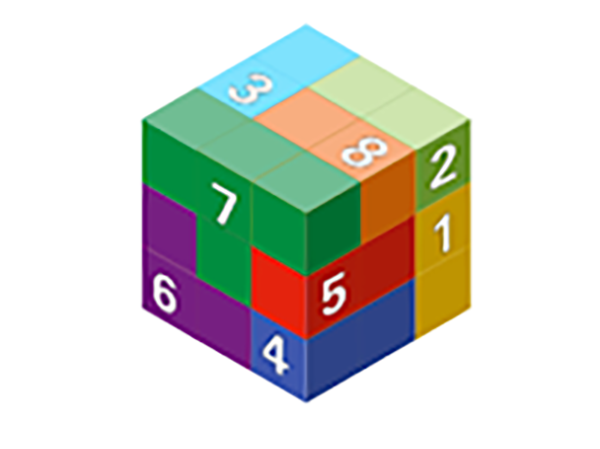As digital games become ever more embedded in our daily lives, game designers and developers have the potential to create a positive impact through their work. This growing influence prompts us to consider a pivotal question: how can we navigate the ethics of digital game creation and be mindful of the impact that design choices have on players’ experiences, societal values, and most crucially, the well-being of the younger generation?
Across a two-day conference that drew interest from over 600 people around the world, Ethical Games brought together an audience of researchers and game industry professionals to discuss issues around the ethical design and development of digital games. A primary goal of the conference was to make research about video games more accessible to game industry professionals.

I was honored to co-present our recent work to guide designers and developers of digital technology for children, inspired by the Responsible Innovation in Technology for Children (RITEC) project’s child-centric well-being framework. The RITEC framework, which comprises eight components (competence, emotional regulation, empowerment, social connection, creativity, safety and security, diversity, equity and inclusion, and self-actualization), outlines how digital experiences can impact child well-being. By exploring the cognitive and developmental science underpinning the RITEC framework, we shared evidence-based, practical recommendations for placing children’s well-being at the forefront of digital game design.
For example, creativity is an essential aspect of children’s wellbeing. Research points to creativity as necessary for self-expression, including inventing and creating something new, or solving problems. Creativity also engages other skills, like risk-taking, perseverance, and flexible thinking, which are crucial for achieving one’s goals. Fortunately, creativity can be strengthened, much like a muscle. Digital play has the potential to promote creativity in children by providing a space for imaginative thinking, problem-solving, and exploration. We prompted the audience, including game professionals, to consider how the design of digital games can encourage children to imagine and role-play, push boundaries, try new things, and/or select from new and existing ideas to solve a problem or create something new.
We shared additional recommendations for promoting other aspects of child well-being, like diversity, equity, inclusion, and social connection.
At the end of our presentation, we had some time for questions from the audience. Attendees were curious about who we meant by “children” and asked for a specific age range, hinting at some of the complexities involved in designing for children. Childhood covers a broad age spectrum —for the purposes of this guide, we consider anyone under 18 as a child, consistent with UNICEF’s definition—and consists of distinct developmental stages, each presenting unique abilities, challenges, and opportunities shaping how children interact with digital technology. Our ideas and recommendations aim to foster the design of digital experiences that promote well-being for children across all ages, developmental stages, and backgrounds.

Daniel Alonso is a PhD candidate in Applied Developmental Psychology at Fordham University and was an intern for the Joan Ganz Cooney Center in 2023. Broadly, he is interested in understanding what children think about themselves and the world around them. His research primarily focuses on topics like gender development in childhood and the role of digital technologies on children’s healthy development.



